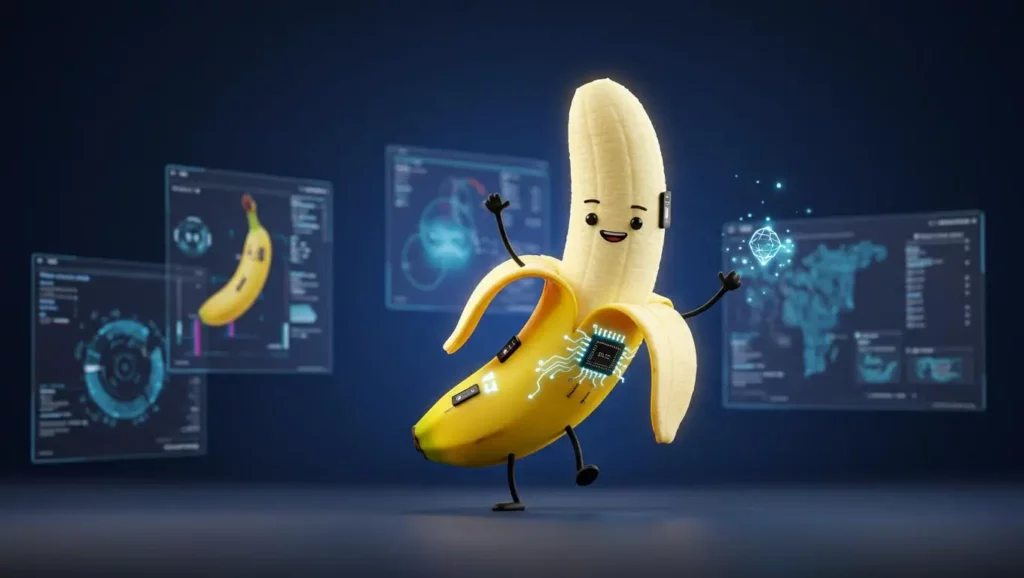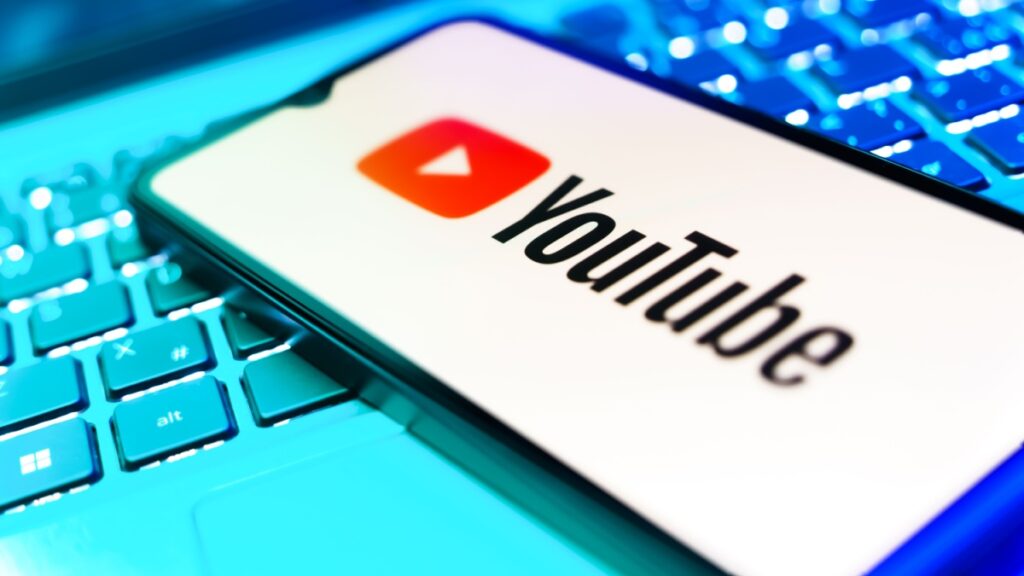In 2025, it wasn’t the most powerful artificial intelligence that won the hearts of the public. It was a banana. Or rather, “Nano Banana,” the name Google gave to its new image-generating model. Behind this seemingly absurd choice lies a formidable lesson in branding, which allowed Google Gemini to surpass ChatGPT on the App Store. Yes, you read that right.
An Absurd Name, An Immediate Viral Effect: How “Nano Banana” Changed Everything
Initially, the story could have played out very differently. Google launched its tool under the ultra-technical name of Gemini 2.5 Flash Image. The result? Widespread indifference. Too long, too cold, too impersonal. But a few days later, Google took a gamble: it adopted the internal codename, as unexpected as it was memorable: Nano Banana.
And then, everything took off. On social media, the creations began to flow. Users had fun. The name intrigued, brought smiles, and went viral.
Within a few days, Gemini became the most downloaded free app on the App Store, climbing the charts on Android as well. Even ChatGPT, previously unassailable, was overtaken. This was an achievement Google had never accomplished before.
Thanks to Its Visual Approach, Nano Banana Transforms Google Gemini into a Popular Phenomenon
The success isn’t just about the name. Nano Banana is a solid product, and importantly, it invites users to engage. Generating professional photos, becoming superheroes, restoring family pictures, or changing facial expressions… The use cases are easy to understand, playful, and most importantly, visually spectacular.
As a result, people download Gemini to experiment. Then, they share it. And they talk about it. Just like with GPT-image earlier this year, the visual promise resonates more than the capabilities of a chatbot.
Nano Banana has become a user magnet, repositioning Google Gemini not just as a text assistant, but as a creation and visual editing application.
Gradually, Google Shifts Strategy and Embraces a More Accessible, Fun, and Mainstream AI
Today, the Gemini homepage no longer emphasizes language capabilities. Instead, it showcases examples of generated images.
You see customized figurines, ’80s-style portraits, and sci-fi heroes. In other words: Google embraces its visual pivot. It sells creation, fun, and instant gratification. A clever way to make AI desirable without delving into complex technical demonstrations.
For Google, it’s a strategic breakthrough: Nano Banana becomes a Trojan horse to attract users. Once inside, they are free to discover more powerful models like Gemini 2.5 Pro… and soon Gemini 3.0. The product entertains, but the lever is marketing. And it works precisely because it resonates with everyone.
ChatGPT Remains Leader in Power, But Google Wins the Battle for Attention and Desire
In essence, GPT-5 is still seen as more efficient than Gemini. However, in users’ daily lives, power doesn’t always take precedence.
It’s desire, use, and curiosity. With Nano Banana, Google has proven a crucial point: image matters as much as capabilities, and a product’s name can make all the difference.
In summary, in 2025, the AI that garnered the most buzz was not the smartest… it was a banana. 🍌




